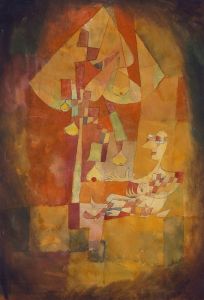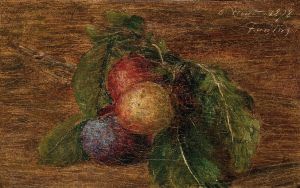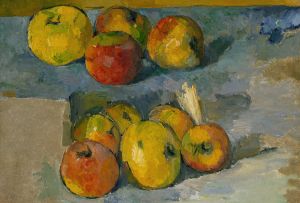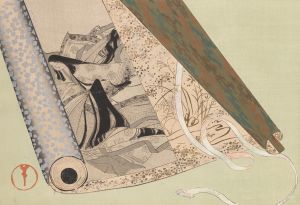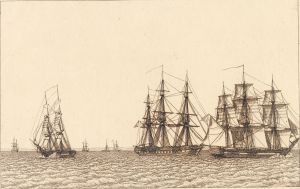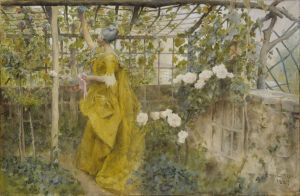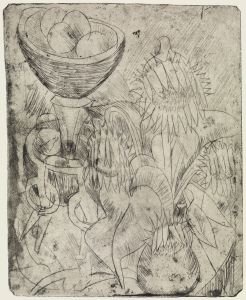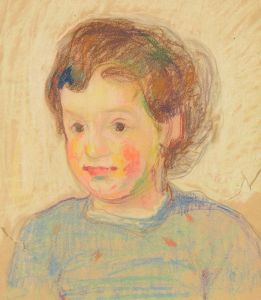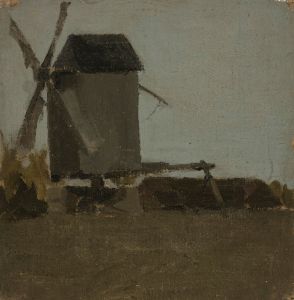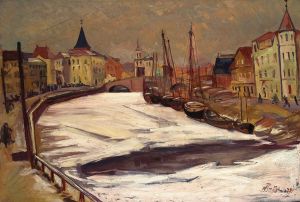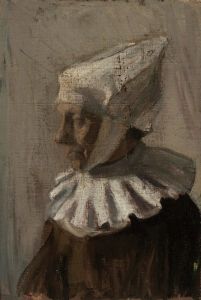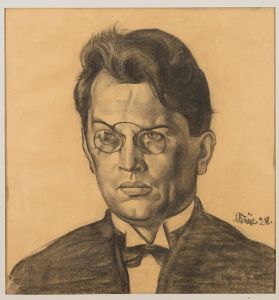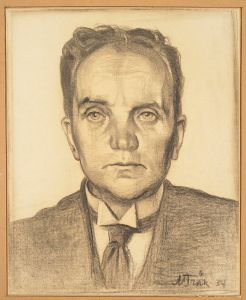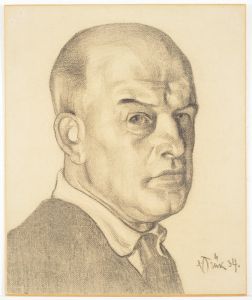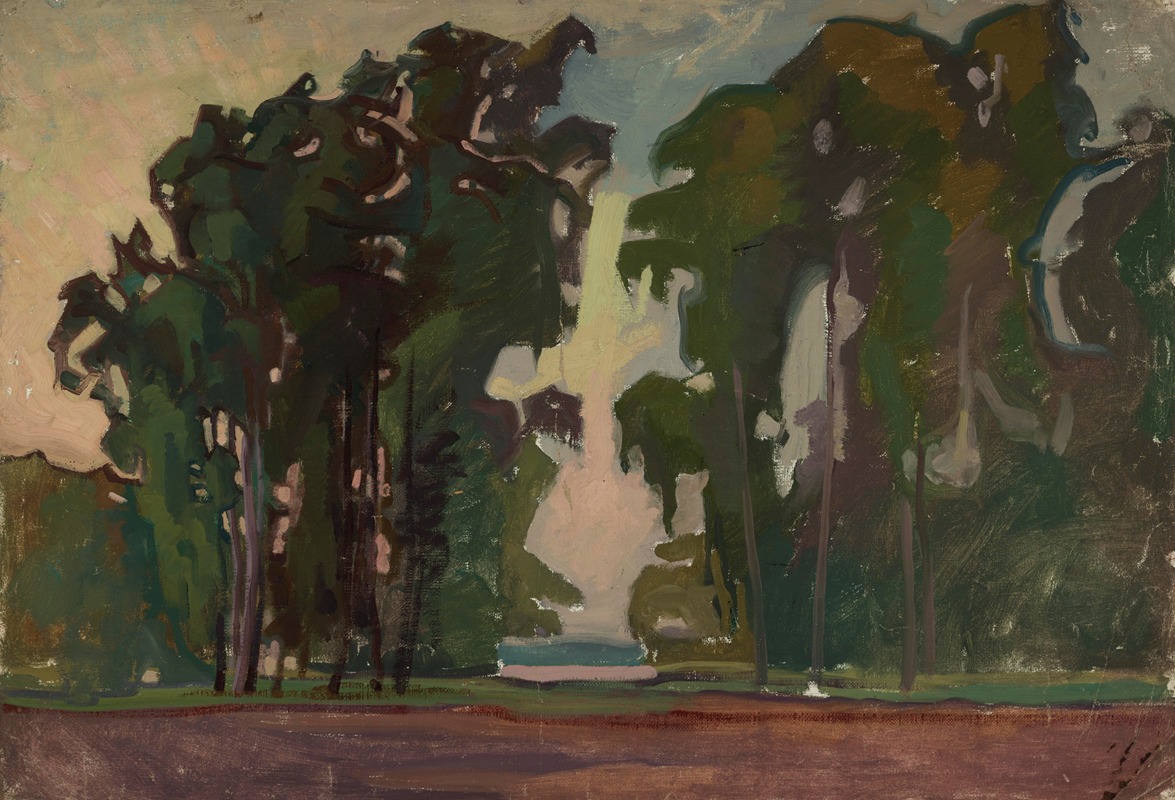
Mets
A hand-painted replica of Nikolai Triik’s masterpiece Mets, meticulously crafted by professional artists to capture the true essence of the original. Each piece is created with museum-quality canvas and rare mineral pigments, carefully painted by experienced artists with delicate brushstrokes and rich, layered colors to perfectly recreate the texture of the original artwork. Unlike machine-printed reproductions, this hand-painted version brings the painting to life, infused with the artist’s emotions and skill in every stroke. Whether for personal collection or home decoration, it instantly elevates the artistic atmosphere of any space.
Nikolai Triik was an Estonian painter and graphic artist, known for his contributions to modernist art in Estonia during the early 20th century. One of his notable works is "Mets," which translates to "Forest" in English. This painting is an exemplary piece that showcases Triik's unique style and his ability to blend elements of symbolism and expressionism.
Nikolai Triik was born on August 7, 1884, in Tallinn, Estonia. He studied art in Saint Petersburg, Russia, and later in Paris, France, where he was influenced by the European avant-garde movements. His exposure to different art styles and techniques during his studies significantly shaped his artistic approach. Triik was part of the Noor-Eesti (Young Estonia) movement, which aimed to modernize Estonian culture and art, aligning it with broader European trends.
"Mets" is a reflection of Triik's fascination with nature and his ability to convey deep emotional and symbolic meanings through his work. The painting captures the dense, mystical quality of a forest, using a palette that emphasizes the interplay of light and shadow. Triik's use of color and form in "Mets" demonstrates his skill in creating atmospheric depth and a sense of movement within the stillness of the forest scene.
The painting is characterized by its bold brushstrokes and a somewhat abstract representation of trees and foliage. This abstraction allows viewers to engage with the painting on an emotional level, inviting them to interpret the forest's mood and atmosphere. Triik's work often incorporated elements of Estonian folklore and mythology, and "Mets" can be seen as an exploration of the mystical and spiritual aspects of nature, a theme prevalent in Estonian culture.
Throughout his career, Triik was known for his versatility and experimentation with different styles and mediums. In addition to painting, he was also a skilled graphic artist, contributing illustrations and designs that further enriched Estonian visual culture. His work in both painting and graphic arts played a significant role in the development of modernist art in Estonia.
Nikolai Triik's contributions to Estonian art were significant, and his works, including "Mets," continue to be celebrated for their innovative approach and cultural significance. Triik passed away on August 12, 1940, but his legacy lives on through his art, which remains an important part of Estonia's cultural heritage.
"Mets" is housed in the Art Museum of Estonia, where it is part of a collection that showcases the evolution of Estonian art. The painting is appreciated not only for its aesthetic qualities but also for its representation of the early 20th-century Estonian art scene, which was marked by a desire to establish a national identity through modernist expression.
In summary, "Mets" by Nikolai Triik is a significant work that exemplifies the artist's contribution to modernist art in Estonia. Through his innovative use of color, form, and symbolism, Triik created a piece that resonates with cultural and emotional depth, reflecting the broader artistic movements of his time while also grounding his work in the rich traditions of Estonian folklore and nature.





